10 tips to reduce cholesterol

tips to reduce cholesterol
Contents
- 10 tips to reduce cholesterol
- 1. Maintain a healthy body weight
- 2. Consume unsaturated (healthy) fats instead of saturated ones
- 3. Cut down the consumption of Trans fats.
- 4. Increase the intake of fibre
- 5. Start running and exercising
- 6. Quit smoking and drink alcohol only on moderation
- 7. Use healthy cooking methods
- 8. Incorporate naturally fatty fish in your diet every week.
- 9. Try the plant sterol supplements
- 10. Follow the advice of your medical practitioner
10 tips to reduce cholesterol
You are at higher risk of heart diseases if you have high cholesterol levels. However, the good news is that it is a risk, which can be control. You can reduce your “bad” LDL cholesterol and increase your “good” HDL cholesterol. To avoid the risk of a heart attack, research shows that a key strategy can be getting LDL (bad) cholesterol to its lower limits. Trying to achieve LDL cholesterol levels of 100 and below is good, but dropping it to 80 and lower will certainly be great for your health.
1. Maintain a healthy body weight
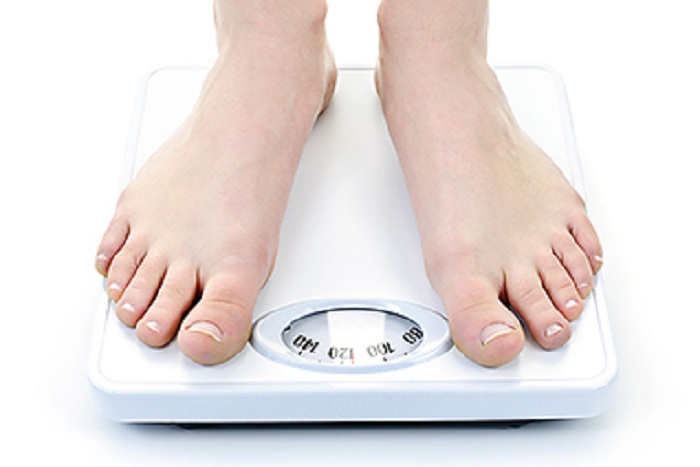
Calculate your body mass index (BMI) by dividing your weight (in kg) by your height (in meters) squared. You have a healthy weight if your BMI value is between 18.5 and 24.9, whereas any value greater than 25 implies that you are overweight. Overweight people have higher levels of LDL (bad) and lower levels of HDL (good) cholesterol and hence are more prone to health risks. You are obese if you have a BMI of 30 or more.
2. Consume unsaturated (healthy) fats instead of saturated ones
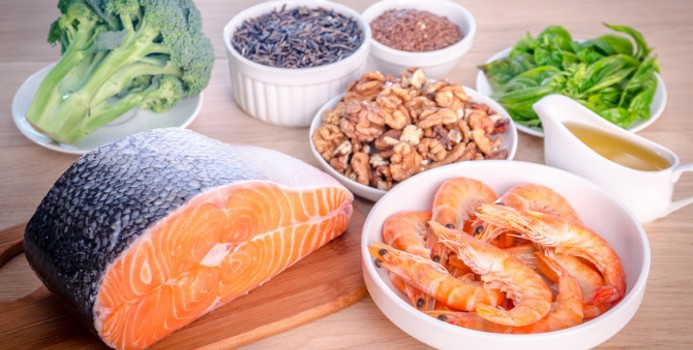
For example, use soft tub margarine, avocado, grape seed, olive, Canola and sunflower oil for cooking instead of hard brick margarine/ghee/butter, coconut milk or cream.
3. Cut down the consumption of Trans fats.

Though various animal products (e.g. beef, pork, lamb, milk, butter) contains trans fats naturally in small amounts, there is also a chance of their production in a manufacturing process that is commonly used in the food industries to manufacture margarine, shortening and commercial cooking oils. Baked goods (biscuits, cakes, pastries) and other processed foods also consist of some amounts of trans fats in the form of partially hydrogenated vegetable oils.
4. Increase the intake of fibre
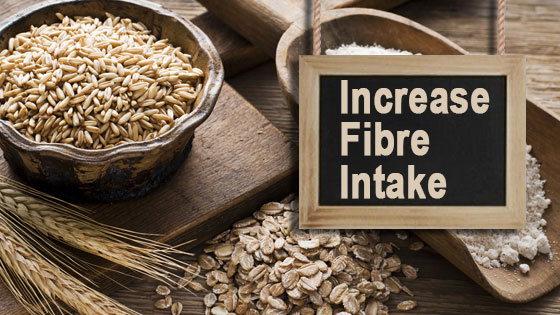
Try to eat at least five servings of fruit and vegetables daily. Legumes (lentils, beans, and peas) have higher fibre contents and are a good source of protein. So, try including it in your diet as much as possible.
5. Start running and exercising

Exercising on regular basis helps you to increase your HDL (good) cholesterol. The Heart and Stroke Foundation SA suggests 150 minutes of average-intensity exercise per week. This may include brisk walking, jogging, cycling and swimming. Alternatively, you can spend 45 min every day for walking, running or playing to have a healthy body.
6. Quit smoking and drink alcohol only on moderation

Quit your smoking habits completely at this very moment. Quitting might be helpful in improving your HDL cholesterol level. The benefits do not end there. Within 20 minutes of quitting, you will experience decrease in your blood pressure and heart rate. One year after you have left smoking, your risk of heart disease reduces to half to that of a smoker. Within 15 years, you are as normal as you never had smoked.
Research shows that moderate use of alcohol helps with higher levels of HDL cholesterol. However, the advantages are not enough to be recommended to one who do not drink. If you are already a consumer of alcohol, do so in moderation. Among the adults, women and men older than age 65 are advised only one drink a day, and up to two drinks a day for the younger ones.
7. Use healthy cooking methods

Reduce the consumption of fried food. Rather adopt dry frying, poaching, boiling, roasting, baking, steaming, grilling and microwave cooking. Remove all the visible fats from skin and the meat of chicken before cooking. You can also roast or grill lean meat on a rack to drip off the extra fat. You can thicken the meat dishes by using legumes and/or vegetables in combination and substitute cream in with low fat evaporated milk and low fat yoghurt or sore cream.
8. Incorporate naturally fatty fish in your diet every week.
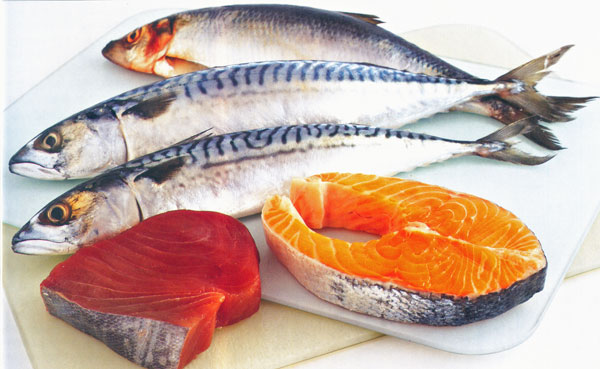
You can use for example, a 100g portion of any one of the following – pilchards, mackerel, sardines, salmon, tuna, trout, herring, snoek at least once a week. These are rich in healthy (polyunsaturated) fats known as Omega-3’s, which will help in reducing triglyceride (bad fat) levels in the blood.
9. Try the plant sterol supplements
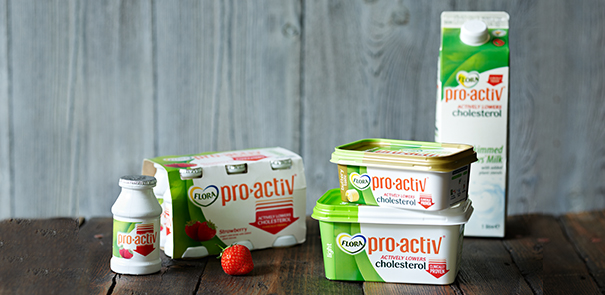
These occur naturally in smaller quantities in fruits, seeds, vegetables, grains, nuts and vegetable oils. 2g per day is the recommended daily intake of plant sterols for reducing the cholesterol levels. This amount is naturally not consumed through our regular diet. Certain supplements, such as Flora pro-activ and Nola-Cholestro-Go that are approved by Heart Mark are rich in these plant sterols and can be consumed daily.
10. Follow the advice of your medical practitioner
Follow the medication as prescribed by your doctor and continue the proper dosage until advised to stop by your practitioner.
So, these are some simple tips that you can incorporate in your daily lifestyle in order to have a healthy heart and body.





